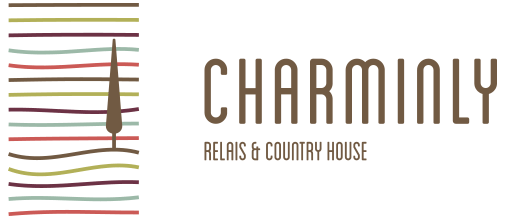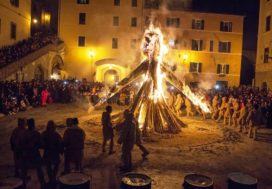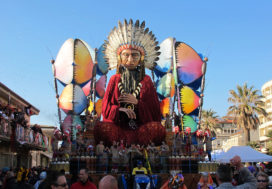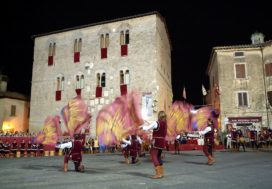Staying at the B&B Casa Bellavista, situated in Cortona, in Arezzo district, in Toscana, and at the Locanda Poggioleone, in Castiglione del Lago (District of Perugia), a few kilometers away from Lago Trasimeno, in Umbria, you can enjoy tuscan traditions to discover.
LA CORSA DEI CIUCHI
The Donkeys Race, staged in Torrita di Siena, known also as Palio of the Donkeys, is undoubtedly the most awaited festival by the locals. The wood manufacturing is a common activity in Torrita di Siena, so that, in 1996, a group of inhabitants decided to found a popular festival that would have glorified beauty and strain, a feast that is celebrated in honour of the carpenters’ patron, San Giuseppe. The famous Donkeys Race, or Palio of the Donkeys, takes place exactly on the 19th of March, and the 8 contradas of Torrita di Siena compete for the palio, which is a painted drape picturing the saint.
IL BRAVIO DELLE BOTTI
In Montepulciano, in a magical and charming atmosphere, the Bravìo delle Botti takes place every year, which is a barrels race, a hill climb. The eight contradas of the old town of Montepulciano compete with each other climbing the 80-kilogram barrels for more than one thousand meters.
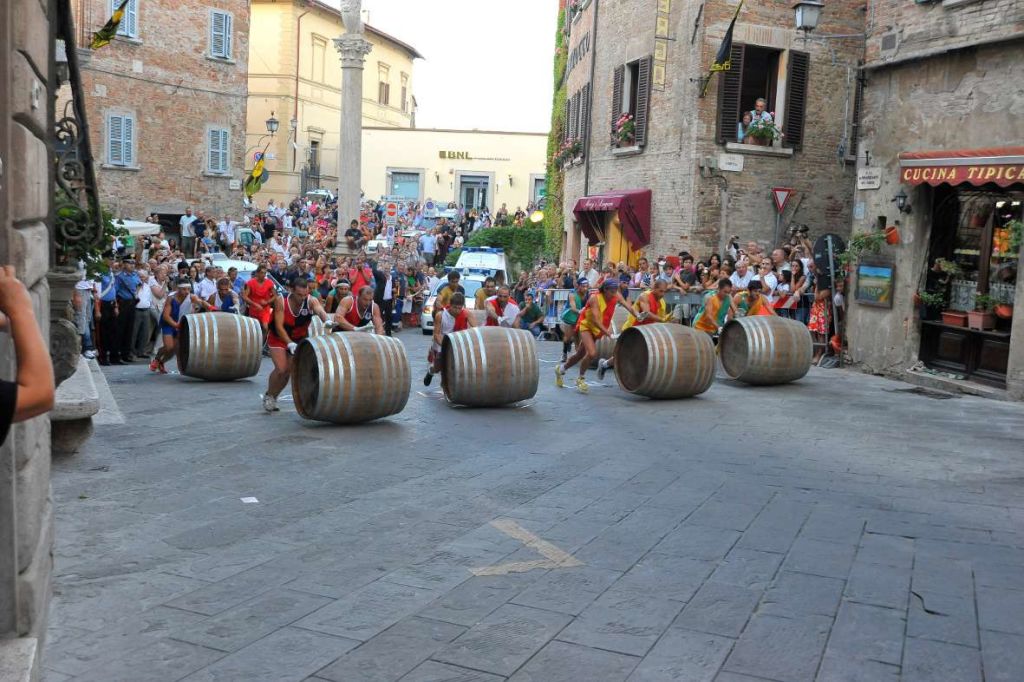
Bravio delle Botti
After having gone through the evoking alleys of the city centre, the quite unique pairs of athletes reach the parvise of the Duomo in Piazza Grande, where the Bravìo delle Botti ends.
The Bravio, coming from the word Bravium from the vulgar Latin, is basically a drape on which is displayed an iconic painting of San Giovanni Decollato, city patron, to whom the challenge is dedicated. The Contradas Magistrate, in the days preceding the race, takes care of organising events such as the Proclama del Gonfaloniere, which takes place on the Saturday before the challenge, and the Corteo dei Ceri on the Thursday night; these celebrations bring Montepulciano back to its ancient splendour.
LO GRADIRESTI UN GOCCIO DI VIN SANTO
Two amongst the most ancient Tuscan rituals are making wine and offering it to the guests. The event named Lo Gradiresti un Goccio di Vin Santo (Would you like some Vin Santo) takes inspiration from this thousand-year old tradition.


